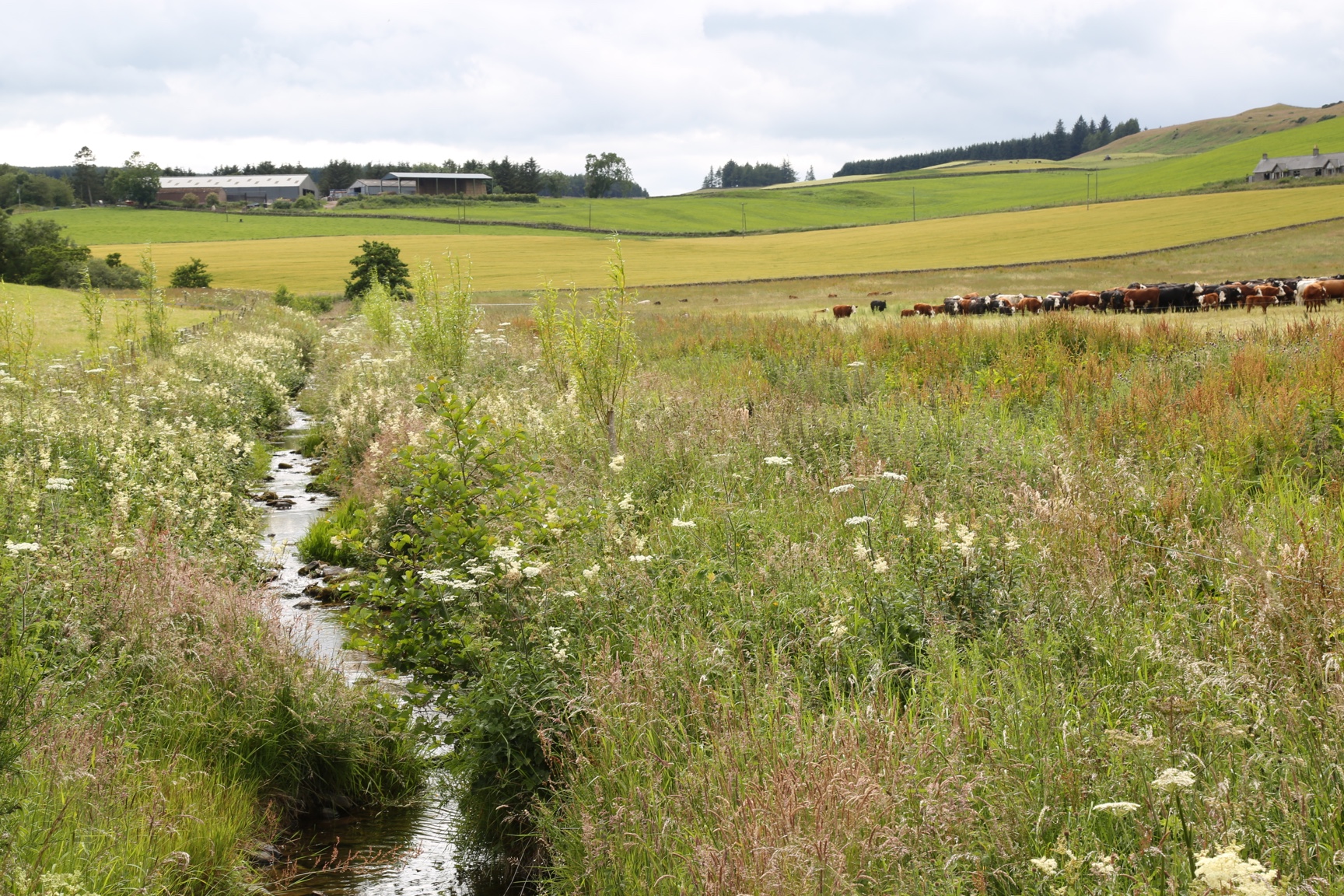- Soil Association
- Our work in Scotland
- Scotland farming programmes
- Mob grazing
- Why start mob grazing?
- Mob grazing: soil health and biodiversity

Mob grazing: soil health and biodiversity
Soil health and biodiversity
"Almost all the soils on the planet are depleted. Mob grazing builds soils. Agroecology means we don’t have to be environmentalists or farmers; we can be both."
Robert and Andrew Brewster, Easter Denoon Farm
The benefits to soil health and biodiversity are an important reason why many farmers choose to start mob grazing.
What are the benefits of mob grazing to soil health?
The Sailean Project made a video which does an excellent job of explaining how they farm for soil biology and restoring the water cycle:
Mob grazing at Easter Denoon Farm & Lynbreck Croft
We talked to Robert and Andrew Brewster of Easter Denoon Farm in Angus, and to Sandra Baer and Lynn Cassells of Lynbreck Croft in the Cairngorms, to learn more about the benefits they've seen to their soils and farm wildlife as a result of implementing mob grazing practices.
Robert and Andrew Brewster farm beef and sheep at Easter Denoon Farm, near Forfar in Angus. In their videos they introduce their focus on agroecology and soil health, and discuss how mob grazing is helping them build soil fertility and increase wildlife on the farm.
Sandra Baer and Lynn Cassells farm 150 acres at Lynbreck Croft in the Cairngorms National Park, producing beef from Highland Cattle, pork from Oxford Sandy and Black pigs, eggs from laying hens, and honey from bees. In their videos they tell us about using animals to regenerate their land.
Click here to watch a playlist of all the mob grazing videos on soil health and biodiversity
Other resources
We've put together a list of podcasts, videos and other resources which we'd recommend on soil health and bioversity in a mob grazing system:

